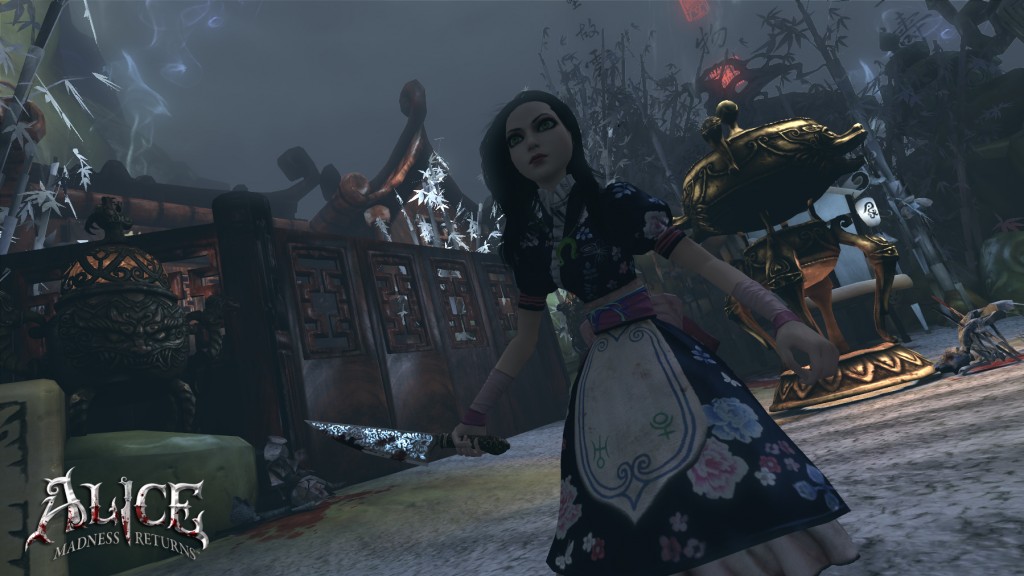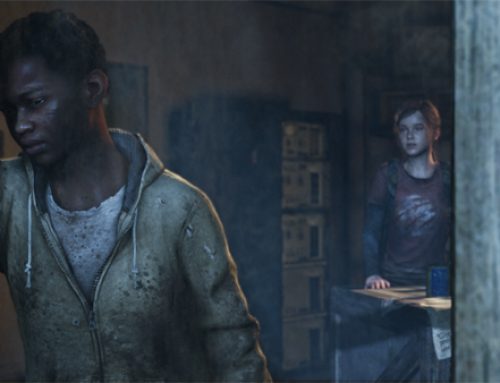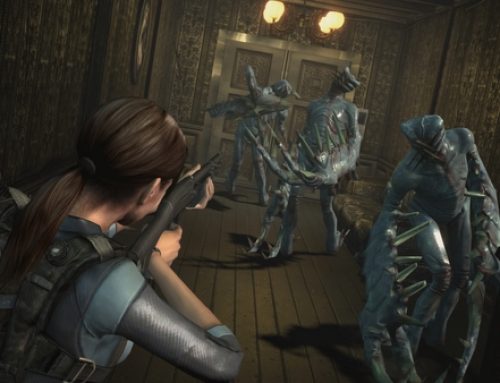
"Alice: Madness Returns'" Tim Burton-inspired aesthetic, Lewis Carroll source material and female main character help it rise to the top of my backlog.
Most gamers have what’s come to be known as a pile of shame: unplayed video games, often still in their shrink wrap, that we’ve yet to finish or sometimes even start.
As anyone with a stack of unread New Yorkers can attest, the phenomenon isn’t unique to games, but we gamers may be in our own league when it comes to guilt over our tendency to continue to acquire new games when we haven’t finished the ones we have. There’s even a website, The Backloggery, devoted to helping us manage and eventually conquer our backlogs.
When you’re fortunate enough to have publishers mail you games to review, the pile of shame can threaten to become a mountain, or at least a small hill. With that in mind, I recently used the summertime lull to prune my backlog a bi. I spent one night each playing four titles that I skipped the first time around. Because these games have been out for a couple of months, most can be found cheaper than the suggested retail price. Here’s my quick take on each:
“Alice: Madness Returns” (rated M, $60 for Xbox 360 or PlayStation 3, $50 for PC): This Tim Burton-inspired return to Lewis Carroll’s Wonderland is easily the shining jewel of my backlog. The follow-up to “American McGee’s Alice,” a PC darling from 2000, is wonderfully colorful and strange. Even if its gameplay is fairly standard, Mario-influenced 3D platform-jumping with a bit of stabbing and shooting for spice, the art design and chance to turn the virtual pages of a new, adult story set in Wonderland help it stand out.
I enjoyed how the story transitioned from the drab streets of Industrial Revolution-era London into the madcap, color-saturated world of Wonderland, even though each world menaced the mentally ill Alice at seemingly every turn. Cool design flourishes like having Alice turn into a cloud of bright blue butterflies when players hit the “dodge” button highlight Spicy Horse Games’ attention to detail. As a bonus, when bought new, the game includes a code to download the original “Alice,” playable on consoles for the first time.
[gametrailers 714283]
“Transformers: Dark of the Moon” (rated T, $60 for Xbox 360 or PS3, different versions available for Wii, 3DS, DS and PlayStation Portable): This summer’s “Transformers” game looked to be a hot ticket after last summer’s “Transformers: War for Cybertron” drew positive reviews.
With “Cybertron” developer High Moon returning for this sequel, it was assumed “Dark of the Moon” would show improvement and transcend the typical critical fate of games released alongside movies. Sadly, the short development time required to get the game on shelves at the same time as the movie seems to have led to a bunch of compromises. “Dark of the Moon” shipped with fewer multiplayer game modes, and what I played of the single-player campaign felt like a by-the-numbers third-person shooter with boring, linear level and enemy design.
[gametrailers 709790]
“Operation Flashpoint: Red River” (rated M, $60 for Xbox 360 or PS3, $50 on PC): After a preview of its cooperative modes earlier this year, I was eager to give the latest “Operation Flashpoint” a go. There was only one problem: I ended up with a PS3 copy of the game, while every other critic I knew had the game on Xbox 360. None of my regular gaming crew bought it. Never one to jump in and play unfamiliar co-op games with random people, I let this sit on my shelf until this week, when I played solo.
“Red River” stands apart from other shooters because its bullets are appropriately lethal. There’s no charging an enemy and knifing him because even ricochets can be near fatal. This places a high value on suppressive fire and flanking the enemy while unseen. “Red River” is all about tactical combat, from a distance. Its multiplayer modes are cooperative, with players teaming up to fight computer-controlled foes.
Thanks to a deep squad-command system, you can play solo, with computer-controlled teammates following your orders, but this was much less enjoyable than my multiplayer demo. You can issue order to squadmates through the radial menu you bring up when you pull the right trigger, but it takes you out of combat for a few seconds. Communicating with real-life teammates via voice gives you more options and doesn’t temporarily take you out of a fight.
Additionally, the effectiveness with which my squadmates followed my orders varied throughout the first mission. At one point, two of my teammates stopped following orders altogether. They wouldn’t respond when I issued new commands and just stayed rooted in a village we’d cleared out. When it came time for everyone to board some Humvees to proceed to the next mission, I couldn’t advance and had to reload a past checkpoint. I didn’t lose much time, but it was annoying to encounter in such a brief session.
Still, “Red River” could be fun for a regular group of gamers looking for a different kind of shooter.
[gametrailers 715995]
“Mystery Case Files: The Malgrave Incident” (rated E, $30): If you’ve been paying attention to Nintendo’s Wii release schedule, it probably seems like Nintendo of America is blocking the publication of more video games than it’s actually releasing these days. (The publisher is under fire because it holds the rights to several well-reviewed Japanese titles, but is choosing to release them only in Europe and Japan.)
“The Malgrave Incident” is one of just a handful of Nintendo-published titles hitting the Wii this year. It’s the first game of the popular “Mystery Case Files” released on the Wii. Players travel to a remote island to help a stranger corral some kind of magical pink dust, unfurling a mystery as the game progresses.
“The Malgrave Incident” is what’s known as a hidden-object game. You’ll spend the bulk of your time staring at a jumble of objects on the screen while trying to pick out a laundry list of things such as tires, candlesticks and moons. The narrative justification for such activity is skimpy at best, but this is a genre that has plenty of fans. Between hunting for objects, you’ll solve some light puzzles, such as using items in your inventory to pass various obstacles, the way you would in an adventure game like “The Secret of Monkey Island.”
The gameplay isn’t challenging, making it a good buy for Wii owners and mystery fans who don’t consider themselves hardcore gamers. I could also see it being a halfway decent game to space out with at the end of a long day, provided you’re the sort who likes mysteries and don’t mind the object-hunting.
Follow Eric Wittmershaus on Twitter and join the GameWit blog group on Facebook.



